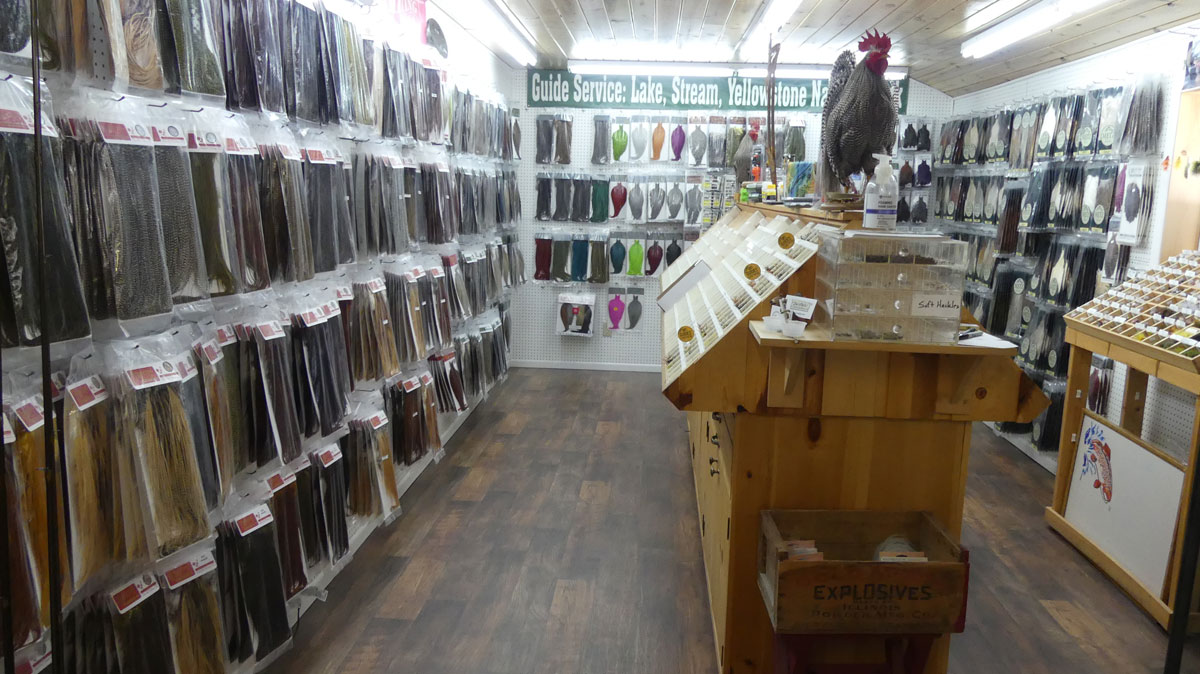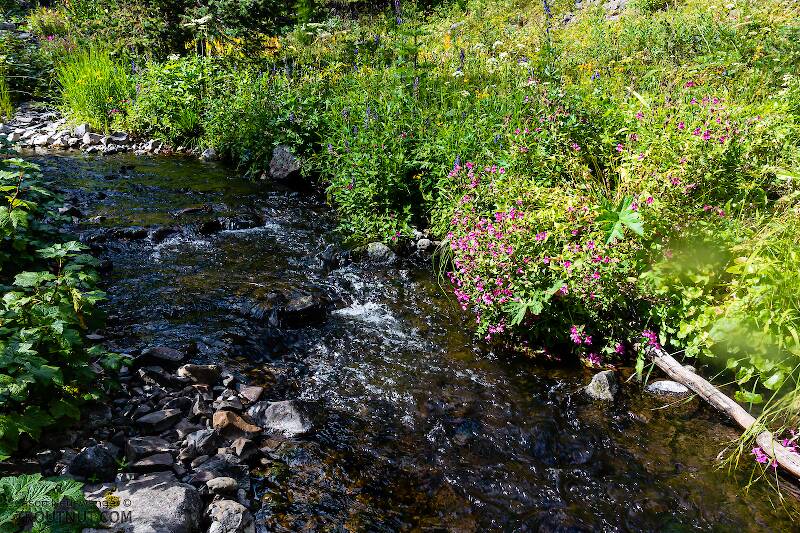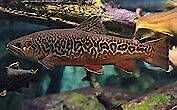
Hex Mayflies
Hexagenia limbata
The famous nocturnal Hex hatch of the Midwest (and a few other lucky locations) stirs to the surface mythically large brown trout that only touch streamers for the rest of the year.
Featured on the forum

This specimen keys to the Epeorus albertae group of species. Of the five species in that group, the two known in Washington state are Epeorus albertae and Epeorus dulciana. Of the two, albertae has been collected in vastly more locations in Washington than dulciana, suggesting it is far more common. On that basis alone I'm tentatively putting this nymph in albertae, with the large caveat that there's no real information to rule out dulciana.

Troutnut is a project started in 2003 by salmonid ecologist Jason "Troutnut" Neuswanger to help anglers and
fly tyers unabashedly embrace the entomological side of the sport. Learn more about Troutnut or
support the project for an enhanced experience here.
Flytyerinpa on Jun 14, 2016June 14th, 2016, 8:58 pm EDT
I was thinking of buying a whiting's cape but when I saw the size difference between red and green label compared to there High & Dry it looked like half the H&D was missing they are really small capes, anybody else take notice to that? Oh and the price was the same at least where I was looking at .
Wiflyfisher on Jun 15, 2016June 15th, 2016, 3:57 pm EDT
I have all 3 Whiting cape brands.
The red labels are the Whiting Farms Hoffman line (excellent feather count)
The green labels are the Hebert Miner line (larger feathers, less feather count)
The High & Dry is supposed to be a cross between the red and green. The H&D capes i have are awesome. I generally buy all my Whiting capes from Campfire Lodge. They stock around 1,000 Whiting capes & saddles.
http://www.campfirelodgewestyellowstone.com/Cart-Brands.aspx?d=1&b=1

You name the Whiting color and Jim at Campfire Lodge has it!
The red labels are the Whiting Farms Hoffman line (excellent feather count)
The green labels are the Hebert Miner line (larger feathers, less feather count)
The High & Dry is supposed to be a cross between the red and green. The H&D capes i have are awesome. I generally buy all my Whiting capes from Campfire Lodge. They stock around 1,000 Whiting capes & saddles.
http://www.campfirelodgewestyellowstone.com/Cart-Brands.aspx?d=1&b=1

You name the Whiting color and Jim at Campfire Lodge has it!
John S.
https://WiFlyFisher.com
https://WiFlyFisher.com
Wbranch on Jun 17, 2016June 17th, 2016, 7:12 pm EDT
I'd like to add my $.02 to this post. A neck cape is okay if you tie many sizes of flies say from #10 - #22. I have never seen (not saying they don't exist) even top of the line necks that have really stiff big or really small feathers although there might be a good number #12 - #18. However if you can afford to buy Silver or Platinum saddles you get awesome 6" - 8" long in hackle sizes #10 - #12, #14 - #16, #18 - #22. So if you can afford the initial cost of a high grade saddle you will be able to tie hundreds of flies from each saddle. I can easily tie a minimum of four heavily hackled or six to eight flies with 2-3 turns of hackle (which account for 95% of the dry flies I tie.)
Catskill fly fisher for fifty-five years.
Oldredbarn on Jun 22, 2016June 22nd, 2016, 1:49 pm EDT
You name the Whiting color and Jim at Campfire Lodge has it!
John...As you know I have visited Jim's place on the Madison a couple times, and every time someone has to pry me out of the place! :)
He has great hen sets as well for tying softhackles.
Oh...and the breakfasts there are out of this world!
Spence
"Even when my best efforts fail it's a satisfying challenge, and that, after all, is the essence of fly fishing." -Chauncy Lively
"Envy not the man who lives beside the river, but the man the river flows through." Joseph T Heywood
"Envy not the man who lives beside the river, but the man the river flows through." Joseph T Heywood
Quick Reply
Related Discussions
Topic
Replies
Last Reply
Re: Great Summer Job on the Madison River, by West Yellowstone!
In General Discussion by Wiflyfisher
In General Discussion by Wiflyfisher
6
May 28, 2008
by Mtskibum
by Mtskibum
0
Jun 4, 2016
by Wiflyfisher
by Wiflyfisher





